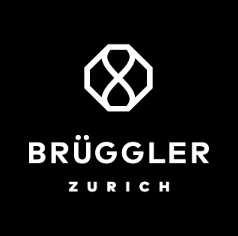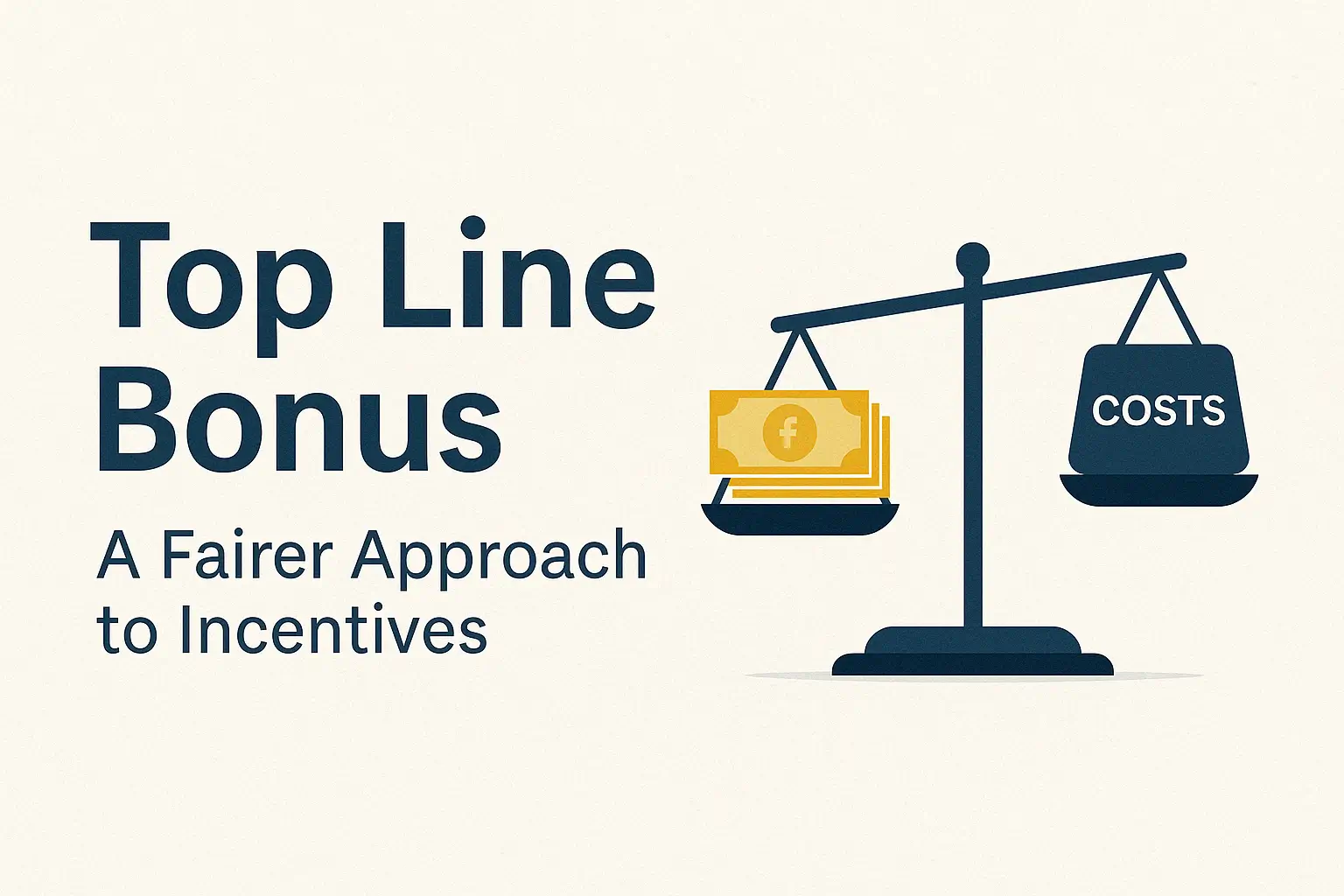The Illusion of High Payout Percentages
In private banking and independent wealth management, compensation structures are often judged by their headline payout percentage. A 70% payout sounds generous – until the deductions start to appear. The true differentiator isn’t the percentage, but the transparency of its calculation.
This brings us to a growing divide: top-line vs. net-line bonus models. The difference lies not in what’s paid but in what’s deducted before the calculation even begins.
How the Top Line Bonus Model Works
Under a top-line model, the bonus is calculated as a percentage of gross revenue, typically client turnover or advisory fees, with deductions limited to costs directly controlled by the relationship manager. This usually includes:
- Travel and entertainment expenses
- Dedicated assistant costs
- Discretionary support (e.g., premium reporting tools)
The firm absorbs everything else—IT systems, office space, portfolio platform, compliance overhead—making the model simple, predictable, and easily auditable.
The Net Line Alternative: A Complex Equation
Net line models take a different approach. Bonus calculation is based on what’s left after a wide range of internal cost allocations, many of which are neither visible nor controllable by the front office. These often include:
- Workstation and IT infrastructure
- Firm-wide project contributions (e.g. new PMS implementation)
- Additional compliance personnel or group support costs
- Administrative recharges (yes, even business cards!)
The result: a 70% payout may feel more like 50% by the time the actual net is reached, and the process of getting there may feel like a negotiation.
Transparency as a Strategic Asset
Top-line models may offer lower headline percentages—say 40–50%—but the logic is consistent. What you earn is what you can trace. This fosters trust and creates an environment where advisors can make clear trade-offs: Do I need this assistant? Is this trip client-relevant?
This model encourages entrepreneurial behaviour from a firm’s perspective. From a relationship manager’s perspective, it ensures alignment without the frustration of opaque deductions.
Warum es wichtig ist
Payout structures are cultural signals in independent wealth management where margins are tighter and relationships matter more. They reflect the firm’s values – control or clarity, centralised cost allocation or advisor empowerment.
A lower-percentage top-line model may well be more rewarding—financially and psychologically—than a high-percentage promise buried under firm-level cost allocations.
Weitere Lektüre
- Quarterly vs Annual Bonus: Who Wins?
- Verständnis der umsatzabhängigen Vergütungen für Kundenbetreuer
- Salary in Wealth Management & Private Banking
- Compensation Models for Wealth Managers







